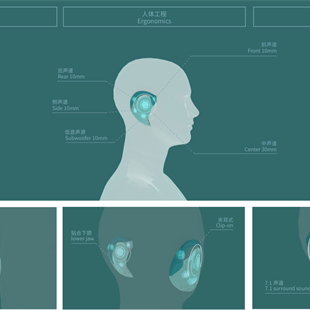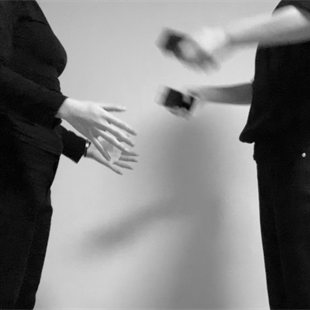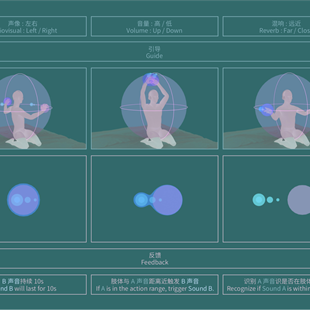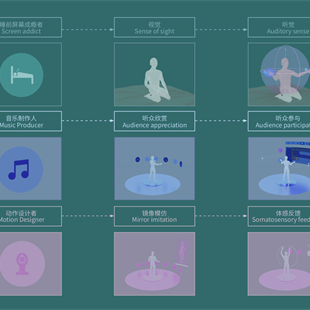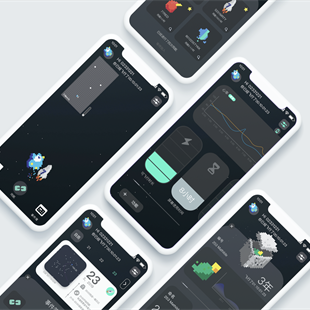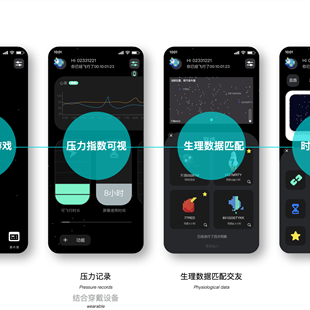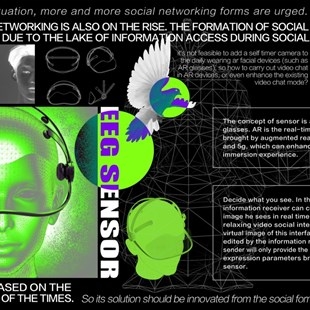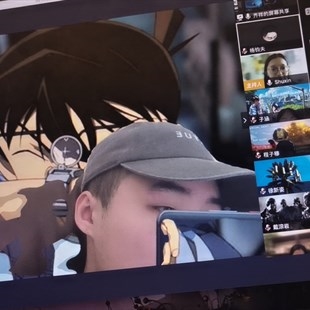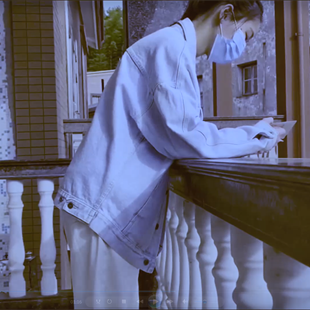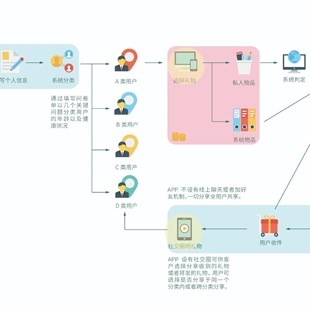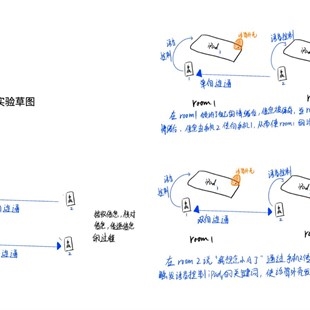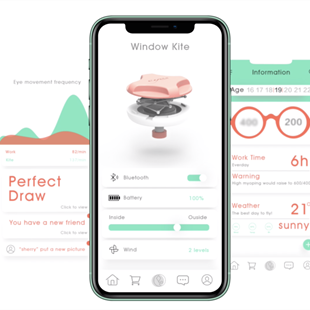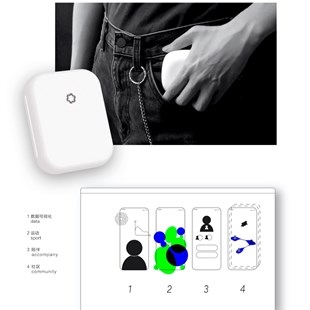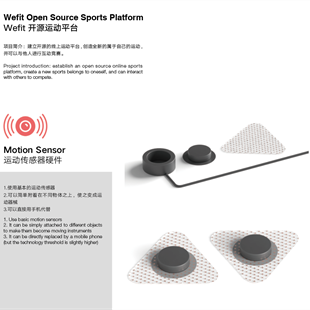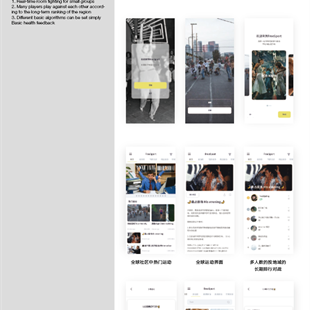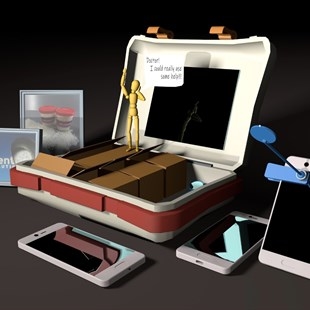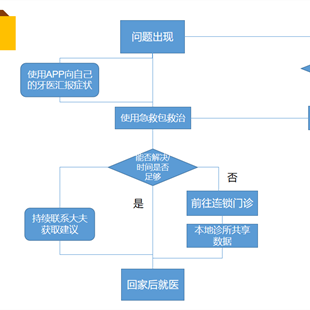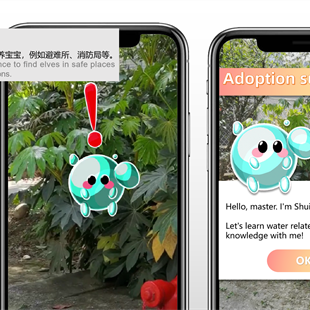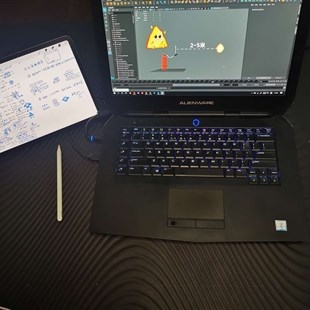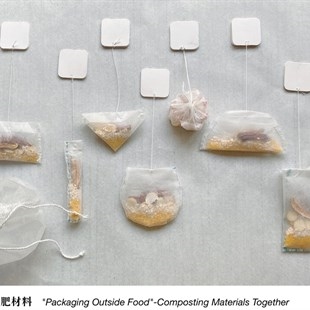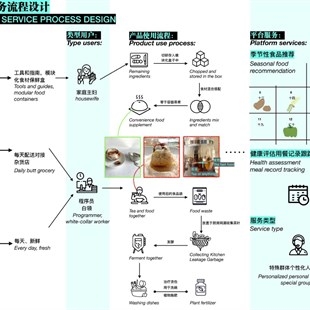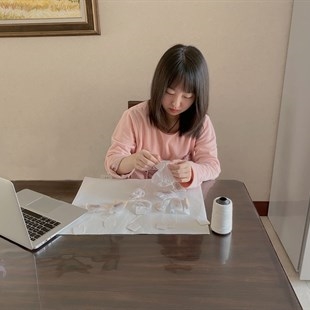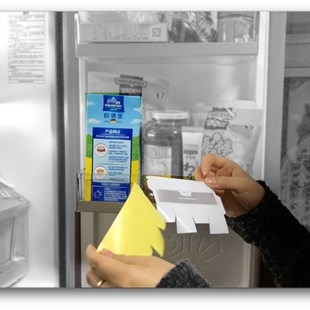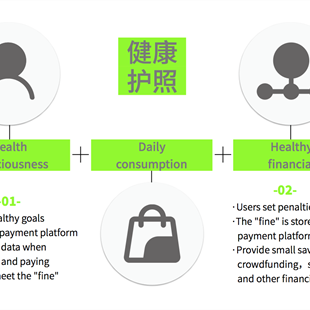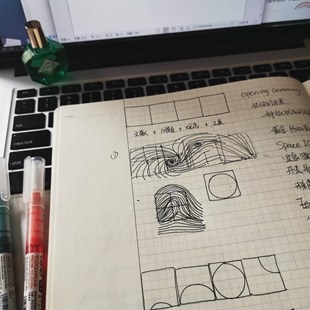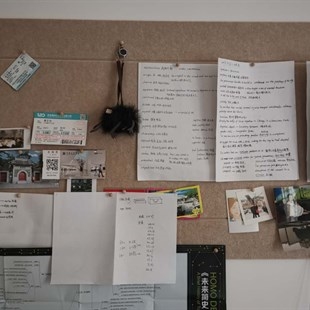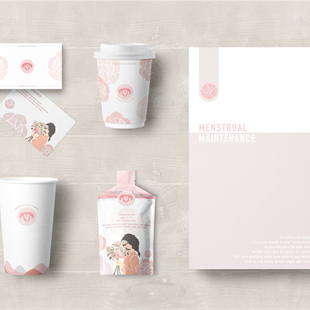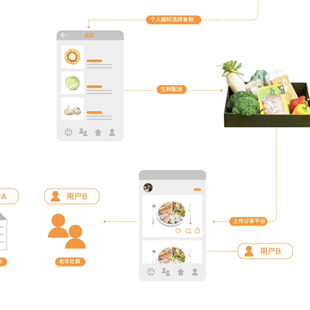
Editor’s note: The sudden COVID-19 pandemic has greatly affected our lives and it simultaneously has also triggered people to think a lot, “health” has undoubtedly become one of the topics that people are most concerned about. Many factors such as medical provision, living environment, lifestyle and diet will directly affect people’s physical and mental health. As a discipline that is most closely related to life, what should design work for? As a reserve think tank of prospective designers, how will teachers and students of the School of Design think, observe and explore?
For the course themed on “Health Innovation Design” which is most relevant to “epidemic, health, medical treatment,” Cheng Shuxin, a young teacher from the CAFA School of Design, has been instructing 18 students along with the participation of specially invited design instructors including Dai Lian, Li Congliang, and Clive van Heerden. They were introduced to the field of “health” with “design-driven innovation,” based on all aspects of life, to project diversified perception tentacles and observation patterns. Confronted with the most critical “health” topic, how did they ambitiously reconstruct lifestyles and explore valuable issues? Let’s find out!
Teaching Notes of the Health Innovation Design Course
(Based on Interview with Cheng Shuxin)
Through Innovation Design students apply design, scientific, and ultimately humanist processes to explore the complex needs of our current society into the future and create sustainable innovative solutions. It includes three parts: Innovative Methods, Design Engineering and Trends Design. Insights are drawn equally from the humanities and science and technology and interpreted using interdisciplinary innovation techniques. The aim is to cultivate innovative talent with an international vision, cross-domain design prowess, trans-cultural understanding, critical thinking, and social insight.
A useful way that Innovation Design distinguishes between innovations is via three distinct time horizons: the 1-3 year near future targeting “progressive innovation design”, the 3-5 year mid-term future focused on “revolutionary experimental innovation” and the 5+ year future discussion of a“strategic scenario design”.
After eight-week research and instruction, the final achievements of this course have been around four themes: Mental Health, Physical Health, Crisis Emergency and Lifestyle.
 Progress Targets for Health Innovation Design
Progress Targets for Health Innovation Design
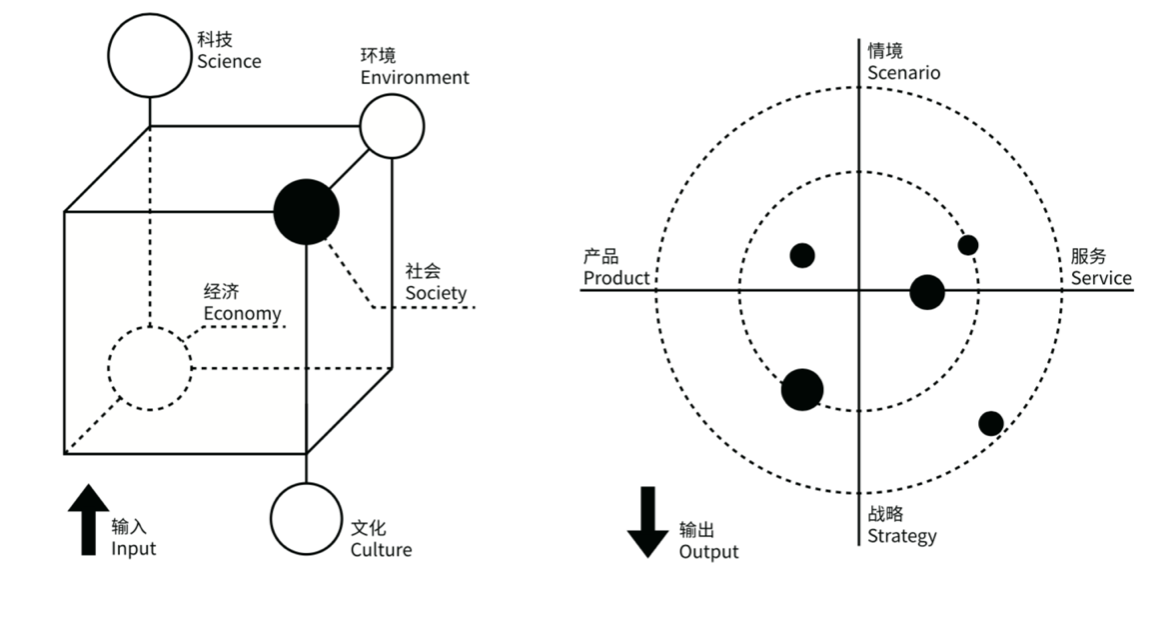
Input and Output of Innovative Methodology
In the past, Innovation Design courses focused on teamwork design, which created a “space” for students to collide and collaborate with their ideas. This space is based on the physical environment, such as the five-story coffee shop or the six-story classroom with transparent glass, are both good fields for collision and cooperation. The second is an atmosphere that combines students who originally majored in different professional directions and students of various genders and personality, so that everyone does not collaborate with their familiar good friends. There will also be mutual promotion and encouragement between teams and it is easier to form an atmosphere full of heated discussion. Different people often give birth to some creative sparks from different perspectives. Especially when faced with research subjects in the upper grades, as a teacher works as a guide and assistant, I will not directly “instill” knowledge or methods, nor will I directly help students make design choices, instead I create an environment that will be easier for them to carry out creations without fear of trial and error. It is very important for them to learn and promote each other.
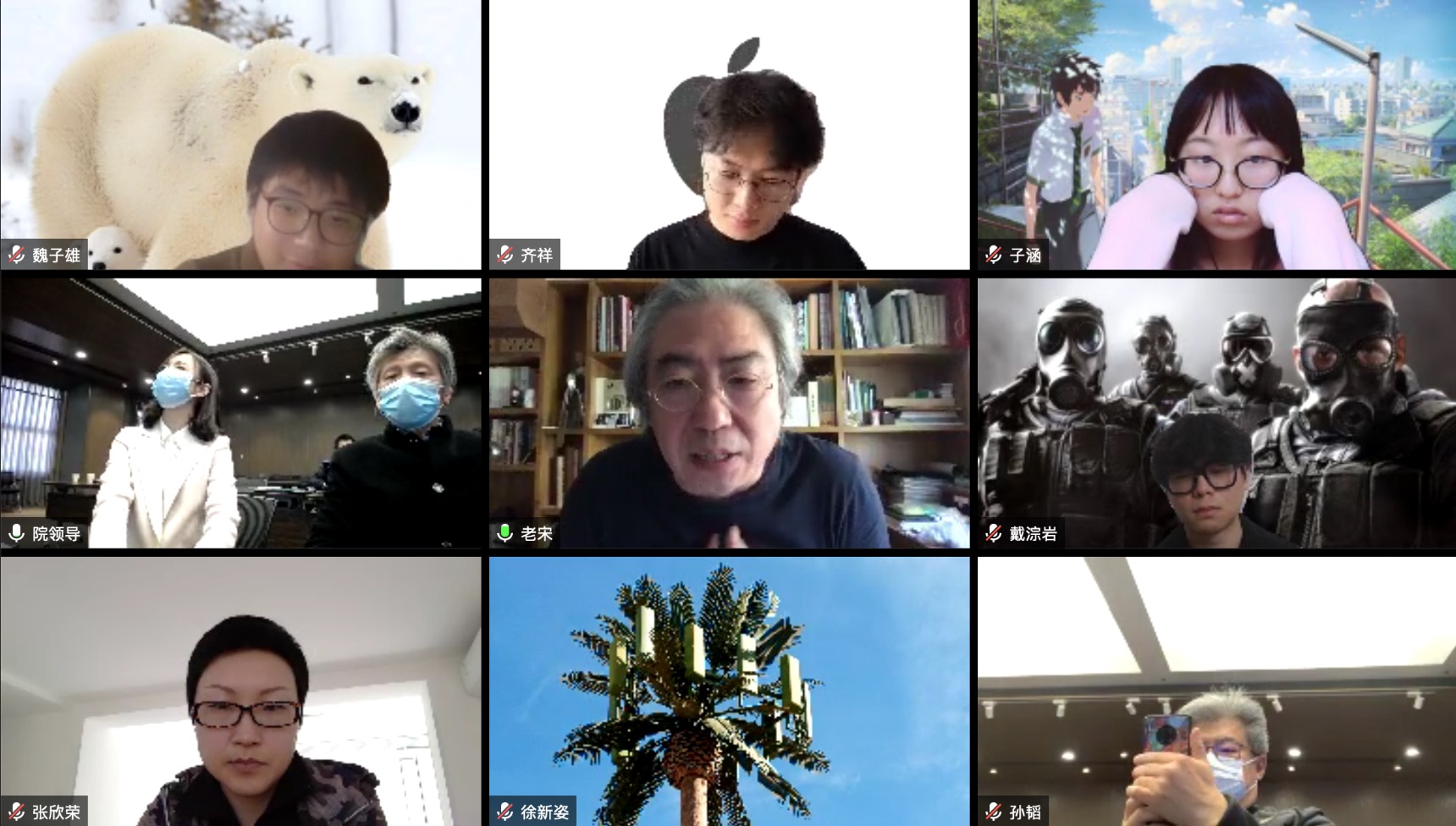
Leaders of CAFA had attended the class and interacted with students.
Due to the pandemic situation, we have started the online course of “Health Innovation Design” in late February, the leaders of CAFA often entered the live streaming room to interact with the students and encourage everyone to carry out innovative design in the field of health. How to build such a “creative environment” in cyberspace becomes very important. Since the students are studying in their own homes, the current teaching platform is also based on video communication, which may have a relatively small impact on lecture courses but how to inspire students’ creative practices does have certain challenges. First of all, everyone’s living space is different from each other. Whether there are other relatives and pets at home is also likely to affect students. Students need to have more self-control and concentration than in the classroom. I also tend to be more reluctant to let everyone keep staring at a computer for class, sitting posture and visual health will need to be paid more attention. How to arouse the interest of classmates and mobilize initiative is very important. I have seen cases where foreign mathematics teachers wrote on broken windows in shooting games to teach. It is also a breakthrough for the traditional network in teaching from physical environment. In addition, because the online classroom does not create a mutual promotion and influence among students, how to form a class feeling and how to promote the communication between students are also more difficult, students may take screenshots of familiar friends during the streaming process and make emoticons, etc. But as a teacher, how to guide them to collide creatively with their unfamiliar classmates has become a problem.

The students of “Health Innovation Design” took a group photo at the end of this programme.
I made some attempts and explorations during this semester.
1. Utilization of Online Multi-platform Resources: This year’s “Health Innovation Design” course prepared 12 online course resources in the early stages to supplement knowledge for students from the perspectives of public health, medicine, psychology, business, technological innovation, etc. I have also introduced everyone to film and television resources and reading books. Originally, instructors in the fields of medicine, health and business were invited to jointly teach. After online teaching, we can combine the existing open course resources online, which will reduce the cost of teaching and widen the resource boundaries.
2. Group Brainstorming and Comments: I hope to use as many teaching tools as possible and use different teaching methods to stimulate everyone’s interest and attention. For example, in one of the most important brainstorming sessions, in order to make better use of time and improve efficiency, we have effectively used different online tools, and also created opportunities for students to discuss. I gave two different categories of WeChat groups for students, such as more random groupings based on different personalities, genders and themes, as well as groupings based on the same theme. Different groupings will bring about different types of creative collisions and discussions within a small range of about 5 people in the brainstorming sessions, the students in the groups were very active and even thought about the time to diverge together.
3. Improvement of Learning Efficiency: students generally reported that for attending online teaching it was not easy to be late or absent. In the face of a lot of information, students can independently arrange time outside the video teaching to learn by themselves. Everyone can arrange their schedules according to their own project progress and learning habits.
4. Online Contacts with Experts: It was very fortunate that I have invited three respectful teachers in the field of design to guide students from the perspectives of medicine, business and trends design. If it was not for the pandemic and everyone having to work online, it might also be difficult to invite them, and this also saved the cost and time of three instructors, the result being we have communicated very effectively.
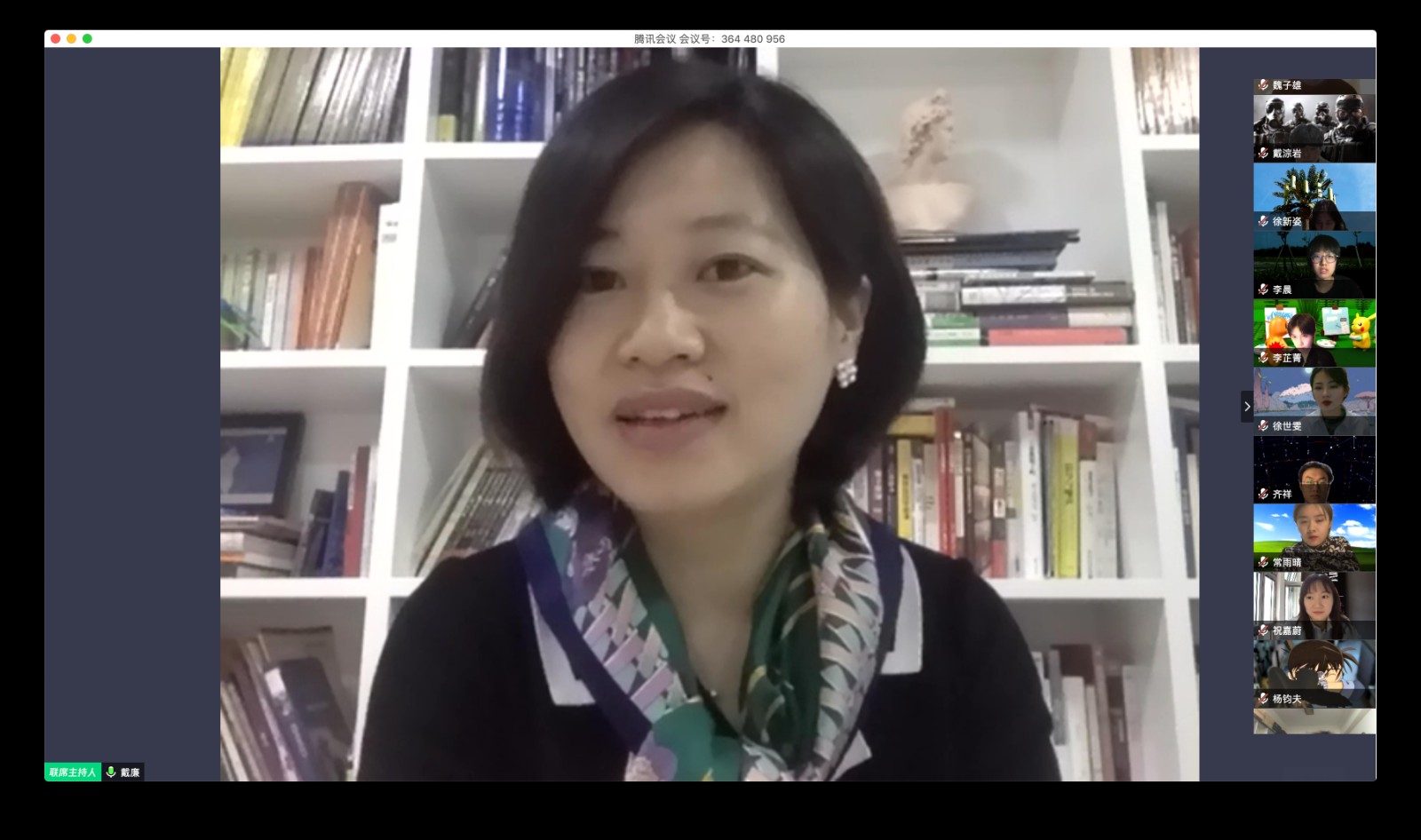
Ms. Dai Lian directed the online lectures.
She is Deputy General Manager of Zhongguancun Science City Innovation Development Co., Ltd. and Ph.D. Candidate in Public Health from Johns Hopkins University, USA.
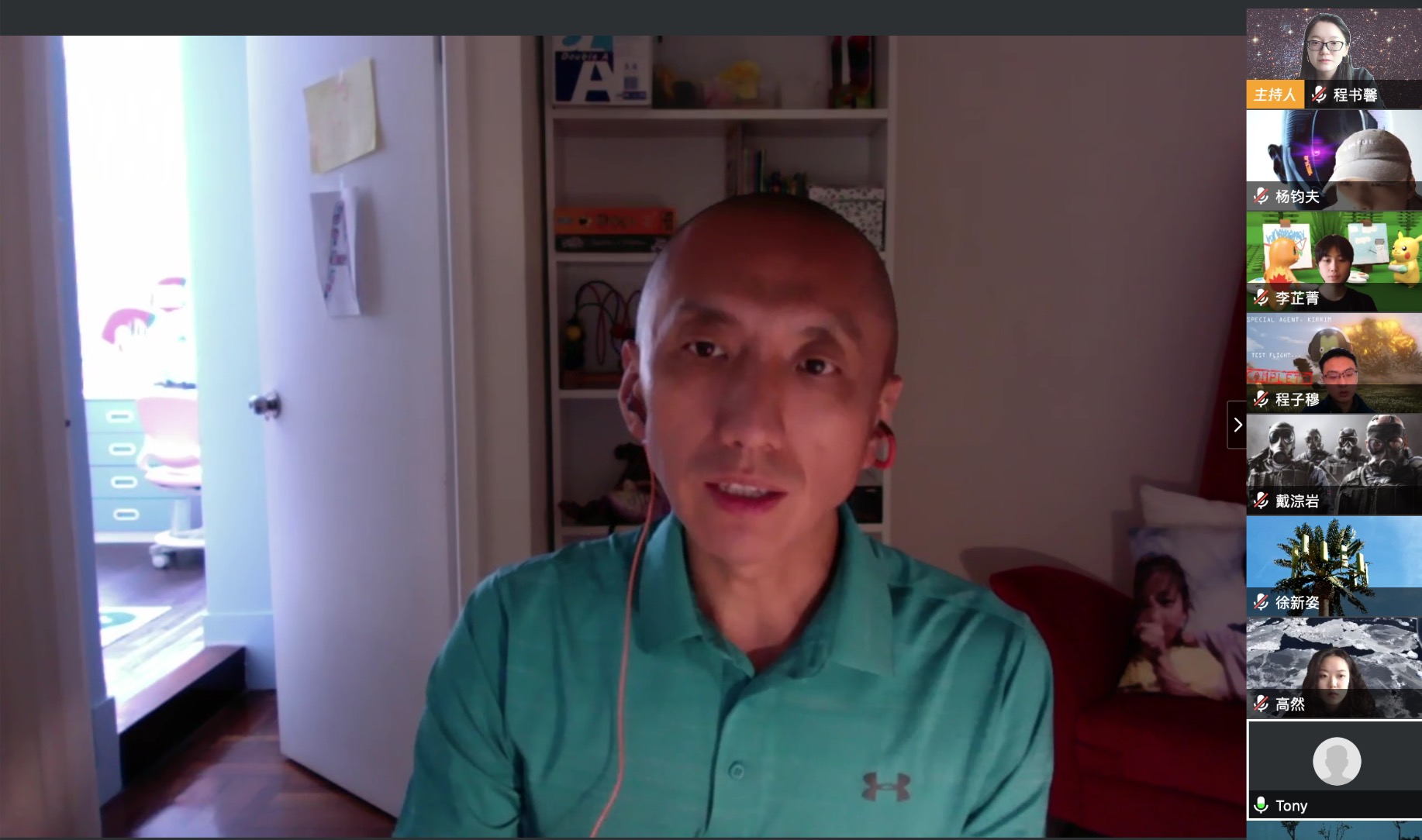
Mr. Li Congliang guided the online lectures/He is Founder of Kaizhi Capital.
Ms. Dai Lian commented on each student’s project from the frontline of the “health” industry, and Mr. Li Congliang told the students from the frontline of “investment” of the business model and instructed each student how to perfect the design project from a business perspective.

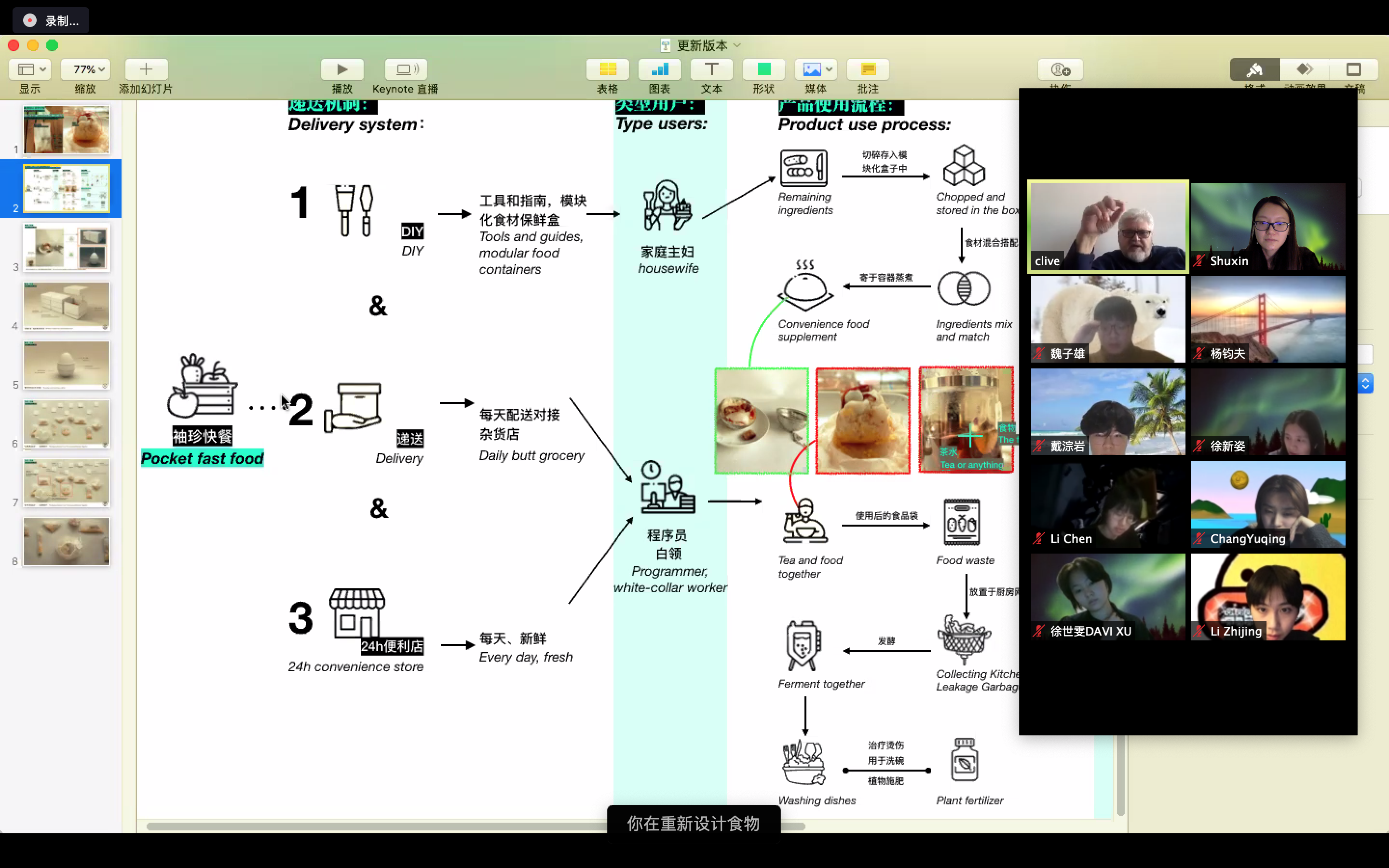
Clive van Heerden, a foreign professor at the Central Academy of Fine Arts and the former director of “Design Detection” in PHILIPS, gave lectures. During the course that Professor Clive van Heerden taught, Ms. Cheng Shuxin manually typed real-time subtitles.
Prof. Clive van Heerden was currently in quarantine at home in London. Originally, he should have come to Beijing to give classes with everyone this semester. Unexpectedly, the epidemic suddenly came and he had to cancel the itinerary. When a foreign professor teaches in English, it’s unnecessary for me to vocally paraphrase translated sentences, as I can use video conferencing software to type real-time Chinese subtitles. Although the translation work was still very brain-deadening, it can save half the time for each student. The students took classes as if they watched English movies with Chinese subtitles (laughs).

Li Zhijing created a “hatching cigarette pack” to help her father quit smoking and did design experiments with her father at home.
Another point that is very important in the teaching of Innovation Deisgn, is to go out of the campus for design and research. Because we cannot go out, the students conduct online data research. I also exercised everyone’s online researching ability, as the students in the “Health Innovation Design” have collected a large number of case studies of online materials in English, they then have a closer investigation with their family members. Their fathers and mothers often became core users. For example, Li Zhijing designed a “hatching cigarette pack” to help her father quit smoking; Zhu Jiawei and his family investigated how to prevent diabetes. This is something that students did not have in class in the past and they have formed a close interaction with their family members through subject research.
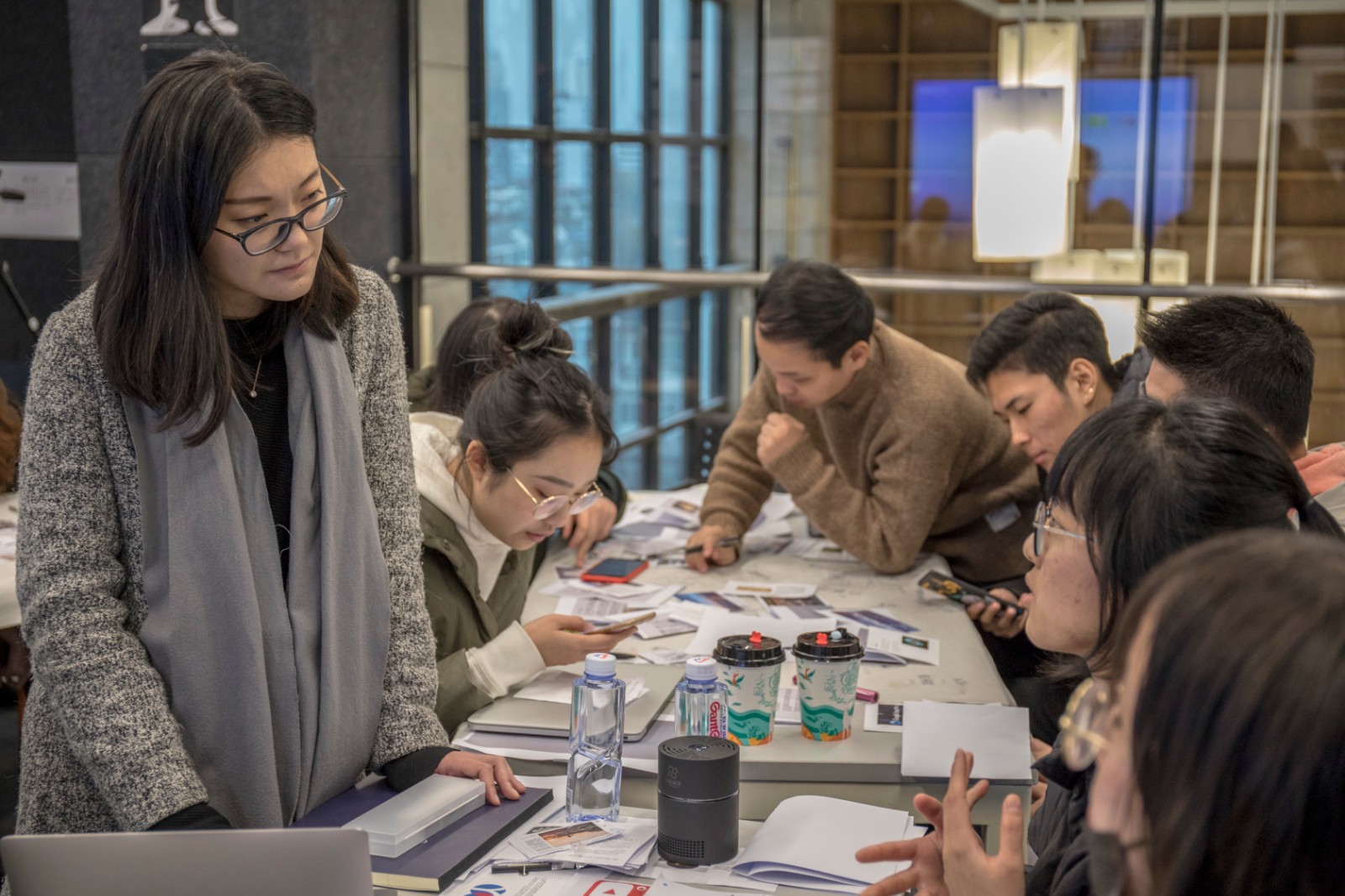
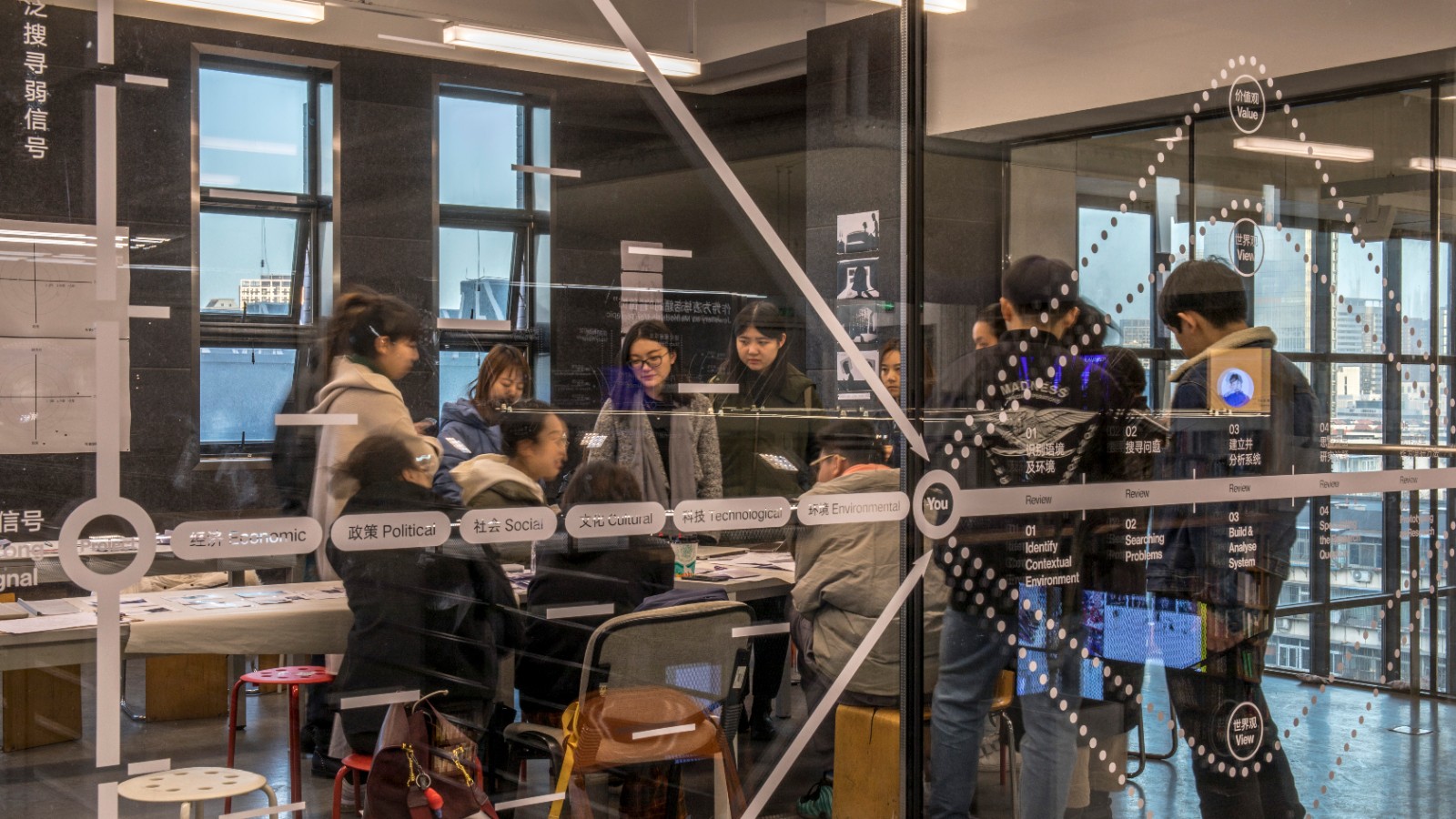
Previous offline lectures
This year, because of the pandemic situation, we were unable to jointly carry out the projects with any medical school or any health industry. I hope that cross-border cooperation will continue to carry out the “health innovation design” projects. I think that after this pandemic, everyone’s life, work and study methods may change qualitatively. The full application of the empowerment brought by network technologies will be a very beneficial expansion of offline design teaching but if only according to the original offline way of thinking, it may not necessarily have a good effect, so we still need to make innovations.
An Introduction to the Online Classroom
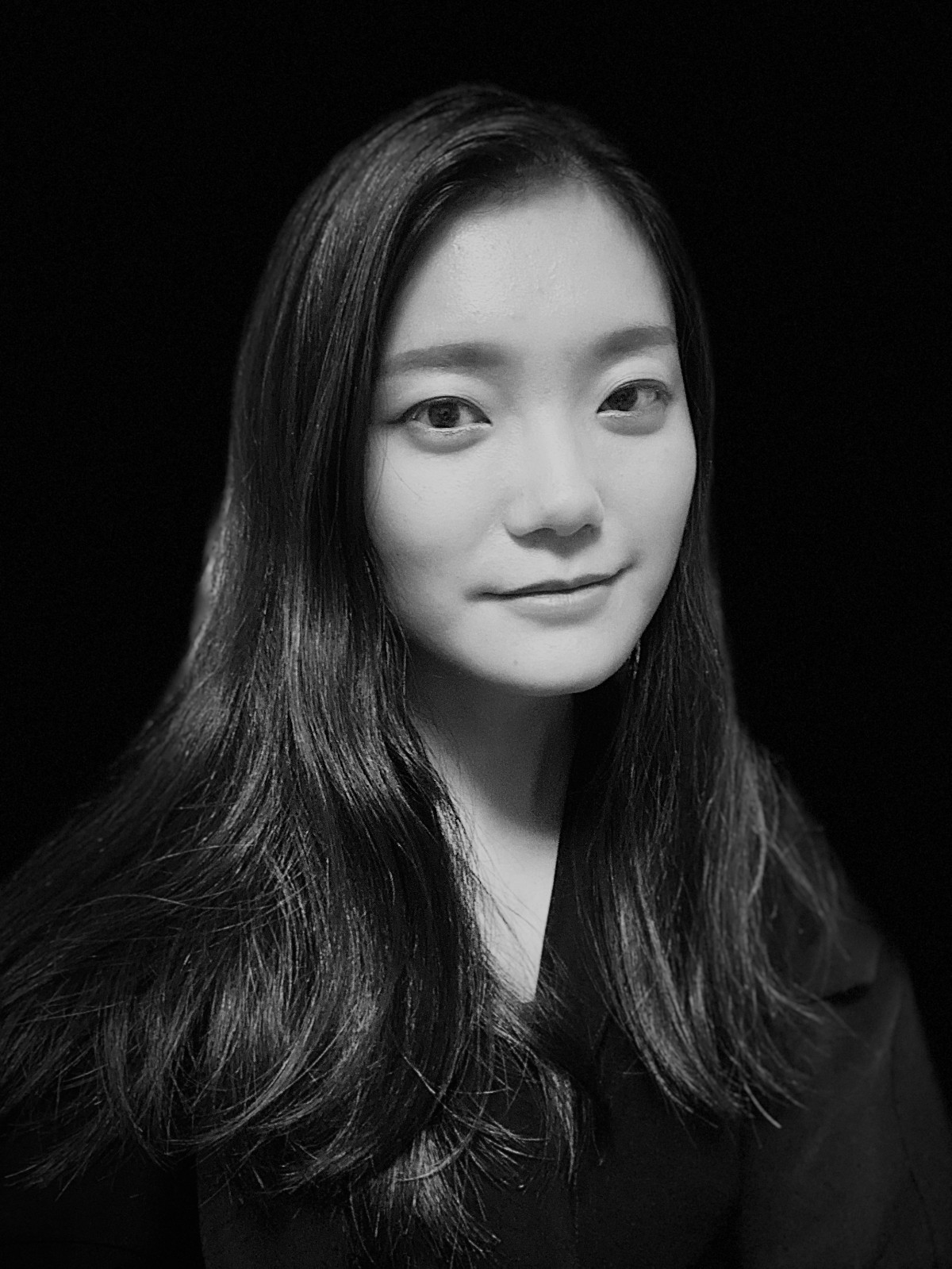
Cheng Shuxin
Director of Innovation Design Lab, School of Design, China Central Academy of Fine Arts, Innovation Designer and Engineer. She graduated with honors from the Dyson School of Design Engineering at Imperial College London and the Royal College of Art in Innovative Design Engineering. She received double master’s degrees in Science (MSc) and Master of Arts (MA); she graduated from Tsinghua University with double bachelor’s degrees in Interaction Design as well we Journalism and Communication; and she previously studied at Ruprecht-Karls-Universit?t Heidelberg for exchange in Germany.
The Junior Year Research Project: “Health Innovation Design”
Instructor: Cheng Shuxin
Invited Instructors: Dai Lian, Li Congliang, Clive van Heerden
Students: Xu Shiwen, Li Jiayang, Zhong Xin, Chang Yuqing, Cheng Zimu, Qi Xiang, Xiao Tianyi, Li Zhijing, Xu Xinzi, Zhu Jiawei, Yu Zihan, Gao Ran, Li Chen, Wei Zixiong, Dai Congyan, Yang Junfu, Jiang Yijia, Cheng Zhu
References:
Plagues and Peoples by William Hardy McNeill
Guns, Germs, and Steel by Jared Diamond
A WHOLE NEW MIND: Why Right Brainers Will Rule the Future by Daniel H. Pink
Creative Intelligence by Bruce Nussbaum
Change by Design: How Design Thinking Transforms Organizations and Inspires Innovation by Tim Brown
Ten Faces of Innovation: Strategies for Heightening Creativity by Tom Kelly / Jonathan Littman
The Inevitable: Understanding the 12 Technological Forces That Will Shapr Our Future by Kevin Kelly
Sapiens: A Brief History of Humankind, Homo Deus: A Brief History of Tomorrow and 21 Lessons for the 21st Century by Yuval Noah Harari
The Gene: An Intimate History by Siddhartha Mukherjee
Courtesy of the Teachers and Students, edited by Zhang Yizhi, translated by Sue/CAFA ART INFO


